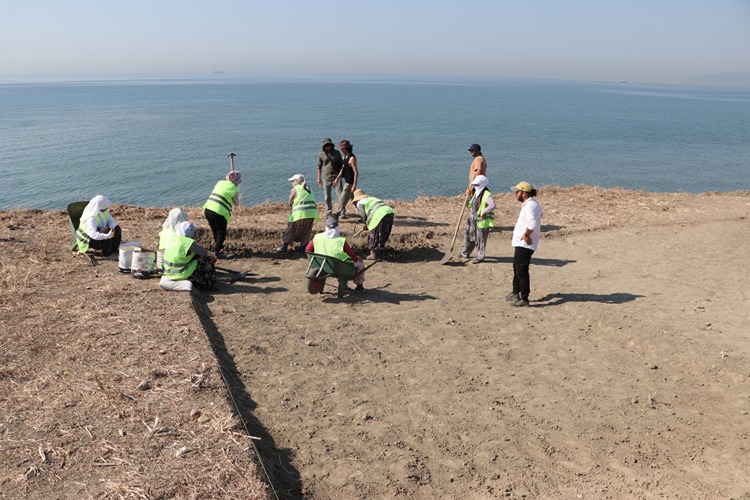
Women Lead the Way in Excavations at Heraion-Teikhos, the “City of Hera” in Thrace
In Tekirdağ, northwestern Türkiye, archaeological excavations at Heraion-Teikhos—one of the most significant settlements of the Thracian civilization—are highlighting the vital role of women. Supported by the Ministry of Culture and Tourism under the “Heritage for the Future Project,” the dig is bringing ancient history to light with the help of local women workers.
Located in Karaevli village near the Marmara coast, Heraion-Teikhos, also known as the “City of Hera,” has long intrigued archaeologists for its strategic and religious importance in Thrace. Current excavations are led by Prof. Dr. Neşe Atik, Dean of the Faculty of Art, Design, and Architecture at Istanbul Rumeli University and Head of the Archaeological Research Office.
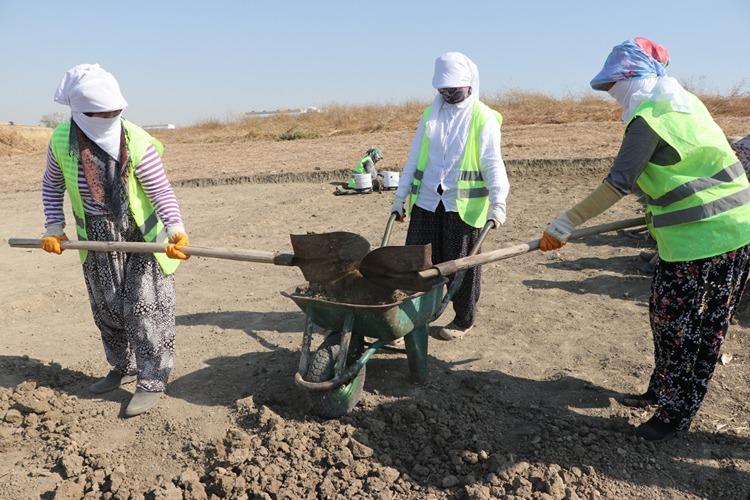
A Workforce Empowered by Women
This year, 11 women from the local community are actively participating in the excavation, meticulously uncovering structures and artifacts that date back thousands of years. Alongside them, the team includes two deputy directors and three archaeologists.
Prof. Dr. Atik emphasizes the precision and dedication of these women:
📣 Our WhatsApp channel is now LIVE! Stay up-to-date with the latest news and updates, just click here to follow us on WhatsApp and never miss a thing!!
“We first started working with women in 2000, and some have become incredibly experienced over the years. They are as attentive as any professional and even help teach our students. Their presence adds both care and color to the excavation.”
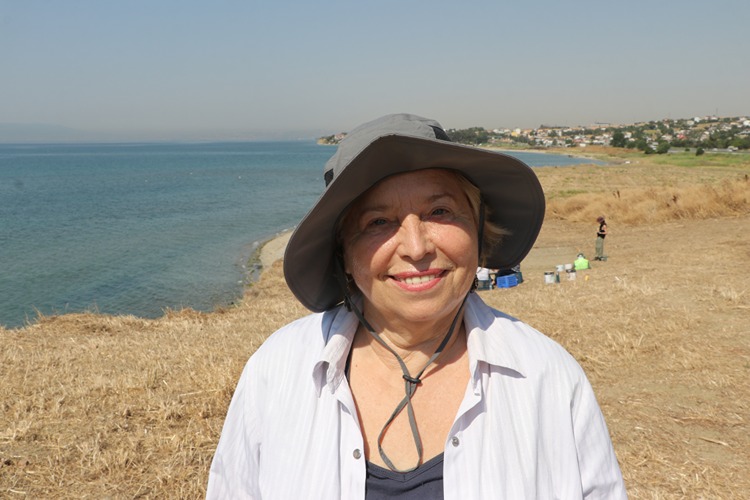
Hera’s Legacy in Thrace
The site takes its name from Hera, the ancient Greek goddess of marriage and family, reflecting its religious significance in antiquity. Archaeological findings suggest that Heraion-Teikhos served as both a sanctuary and a defensive stronghold from the 6th century BCE onward. Pottery fragments, fortification walls, and cult-related structures provide crucial insights into the cultural and social life of Thrace.
From Fields to Archaeology: Stories of Local Women
For many of these women, the excavation marks a turning point. One of them, Kıymet Altın, shared her excitement:
“I used to work in the fields for daily wages, but this is completely different. Every day we come here wondering what we might discover. It’s exciting—we don’t want to miss a single detail.”
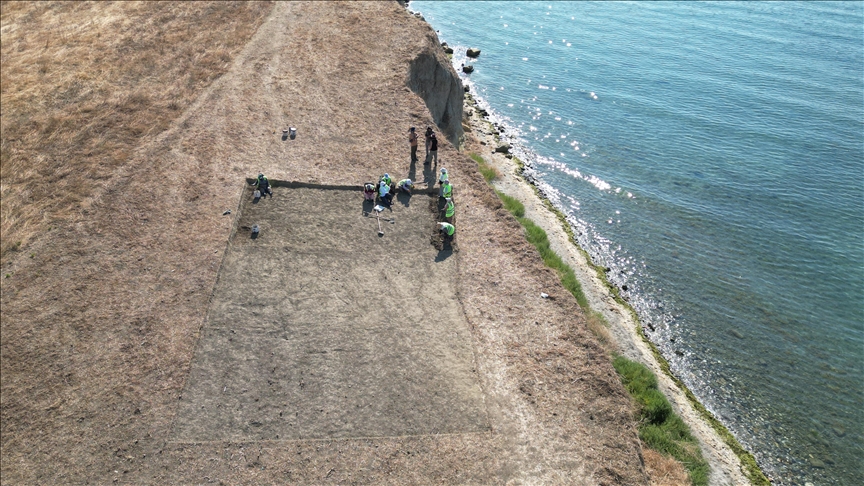
“Heritage for the Future” Initiative
The excavations are part of Türkiye’s “Heritage for the Future Project,” a national effort to safeguard archaeological sites and integrate them into cultural tourism. Beyond preserving heritage, the program also creates employment opportunities for local communities and fosters cultural awareness.
Prof. Atik hopes that increased funding will allow more women to join the team, reinforcing the role of women not only in modern society but also in the stewardship of ancient history.
You may also like
- A 1700-year-old statue of Pan unearthed during the excavations at Polyeuktos in İstanbul
- The granary was found in the ancient city of Sebaste, founded by the first Roman emperor Augustus
- Donalar Kale Kapı Rock Tomb or Donalar Rock Tomb
- Theater emerges as works continue in ancient city of Perinthos
- Urartian King Argishti’s bronze shield revealed the name of an unknown country
- The religious center of Lycia, the ancient city of Letoon
- Who were the Luwians?
- A new study brings a fresh perspective on the Anatolian origin of the Indo-European languages
- Perhaps the oldest thermal treatment center in the world, which has been in continuous use for 2000 years -Basilica Therma Roman Bath or King’s Daughter-
- The largest synagogue of the ancient world, located in the ancient city of Sardis, is being restored

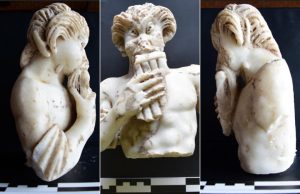
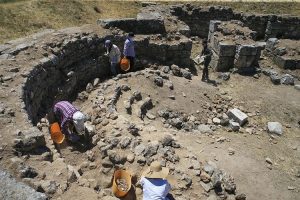
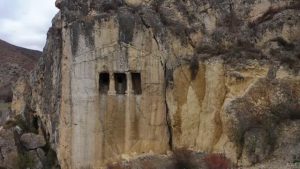
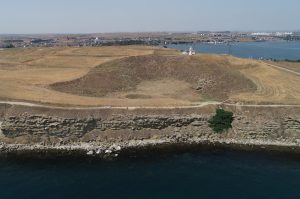
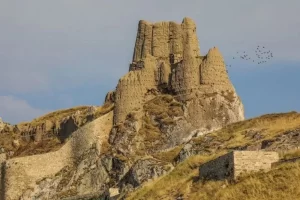
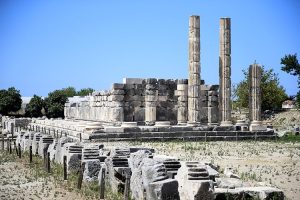
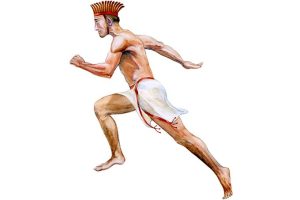

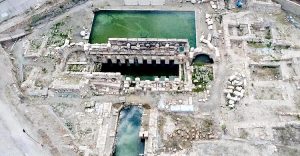
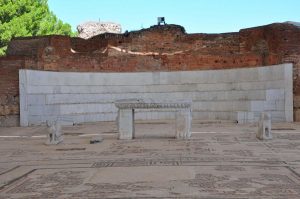
Leave a Reply